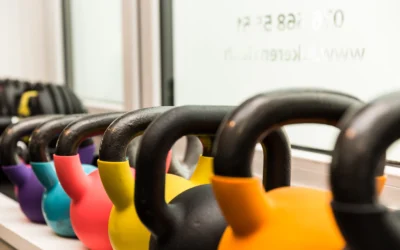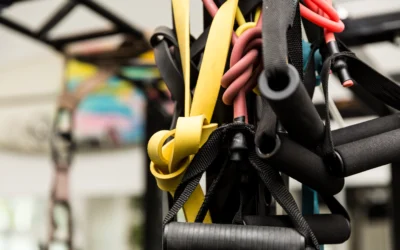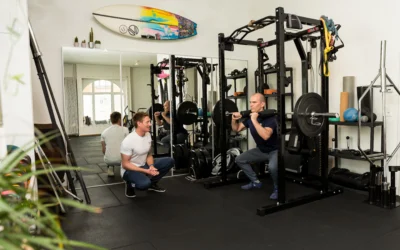Blog
Pushing the Boundaries of Human Longevity: A Conversation with Tanja Schliebe
Tanja Schliebe has spent over two decades working at the intersection of science, communication, and innovation. With a background in medicine, publishing and entrepreneurship, she has built a career translating complex scientific ideas into real-world solutions,...
Book Recommendation – The 7 Habits of Highly Effective People – Stephen R. Covey
If you're looking for a book recommendation that goes beyond the usual self-help fluff and really changes the way you think and act, look no further. The 7 Habits of Highly Effective People by Stephen R. Covey is a transformational read that's stood the test of time....
From Desk to Dynamic: 5 Easy Tips for Better Posture and Mobility for Office Workers
In today's modern workplace, the average office worker spends around 8 hours a day sitting, leading to a range of posture-related issues. Neck pain, rounded shoulders, tight hips and stiff lower backs are common complaints that many accept as "part of the job"....
At 30, 40 or 50? When Do We Really Become Unfit And What It Means for Longevity
Is age just number, or does it truly determine our fitness levels? As we move through our different stages of life, it’s easier to fall into the trap of thinking that our best years of physical health are behind us. Many believe that turning 30 marks the beginning of...



